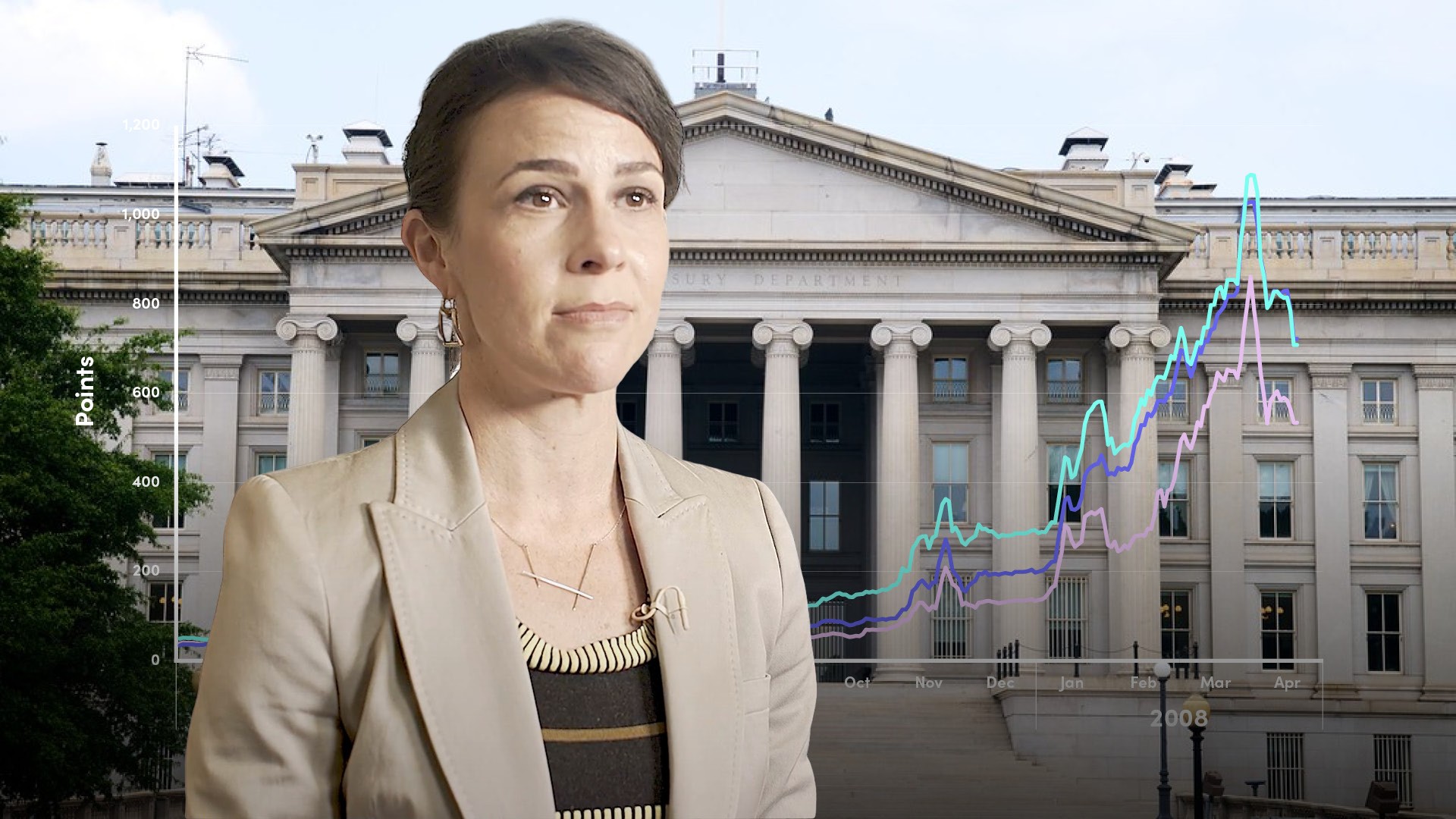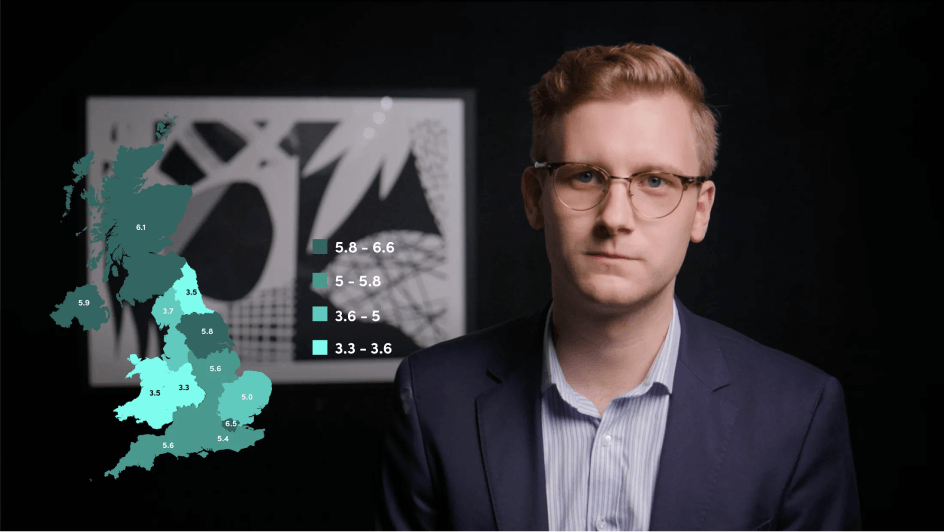
The Principal Functions of Central Banks

January Carmalt
20 years: Research & banking
January covers the roles of a Central Bank; how it controls the currency, how it maintains adequate foreign exchange reserves, and how it acts as a lender of last resort.
January covers the roles of a Central Bank; how it controls the currency, how it maintains adequate foreign exchange reserves, and how it acts as a lender of last resort.
Subscribe to watch
Access this and all of the content on our platform by signing up for a 7-day free trial.

The Principal Functions of Central Banks
10 mins 9 secs
Central banks, also known as ‘banks of banks’, reserve banks or central monetary authorities – of a nation or, as in the case of the Eurozone, a currency bloc – control currencies through printing and coining; monitor and control money supply and inflation (largely through setting interest rates); hold foreign reserves; act as bank regulators; and act as lenders of last resort.
Key learning objectives:
Explain central banks’ clearing and lender of last resort functions
Identify the principal functions of central banks
Learn how central banks control currencies and influence inflation
Learn how interest rates influence foreign exchange reserves
Understand the functions that central banks carry out as regulators
Subscribe to watch
Access this and all of the content on our platform by signing up for a 7-day free trial.
What are the principal functions of central banks?
- Control currencies through printing and coining
- Monitor and control money supply
- Manage inflation
- Set interest rates
- Hold and manage foreign reserves
- Act as bank regulators
- Act as lenders of last resort
How do central banks control currencies and what is fiat currency?
Central banks control currencies via printing and coining legal tender, or cash. Cash printed is in the form of promissory notes, or ‘promises to pay’. It is known as fiat currency. Fiat currency holds no intrinsic monetary value; its value is derived from the fact that it is backed by the government and is deemed valuable by mutual parties as a means of exchange.
How do central banks influence inflation?
By controlling the supply and demand of money in an economy, central banks influence inflation. Printing money to increase money supply leads to currency devaluation and price inflation. Managing inflation can also be done via interest-rate policy. Raising interest rates to counter inflation reduces demand and the amount of currency in circulation. Cutting interest rates increases demand for a currency hence raises the supply of currency in circulation.
How do interest rates influence foreign exchange reserves?
Raising interest rates increases demand for a currency as an investment. A central bank looking to increase the purchasing power of its currency may raise interest rates not only to counter inflation but also strengthen the value of its currency and bolster its foreign exchange reserves.
What functions do central banks carry out as regulators?
- Set capital and liquidity requirements
- Monitor, review and oversee bank balance sheets
- Monitor operational risk and behaviour
- Conduct stress-tests
- Conduct balance-sheet reviews
How do central banks affect banks’ balance sheets?
- A key line item on the assets side of commercial bank balance sheets is ‘cash and balances held at banks/central banks’ (or something similar). Cash reserves deposited at central banks act as a source of liquidity, contributing to banks’ minimum liquidity requirements.
- On the liabilities side is a line for ‘deposits and/or other loans from banks or similar institutions’. Loans and deposits from central banks illustrate how central banks fulfil their role as lenders of last resort; a role that came into sharp relief during the global financial crisis.
Subscribe to watch
Access this and all of the content on our platform by signing up for a 7-day free trial.

January Carmalt
There are no available videos from "January Carmalt"






















